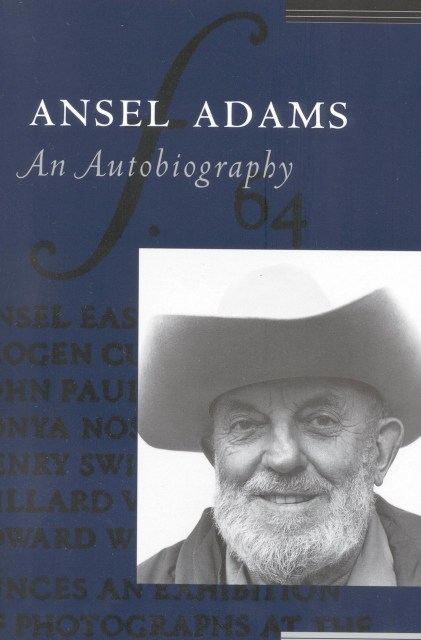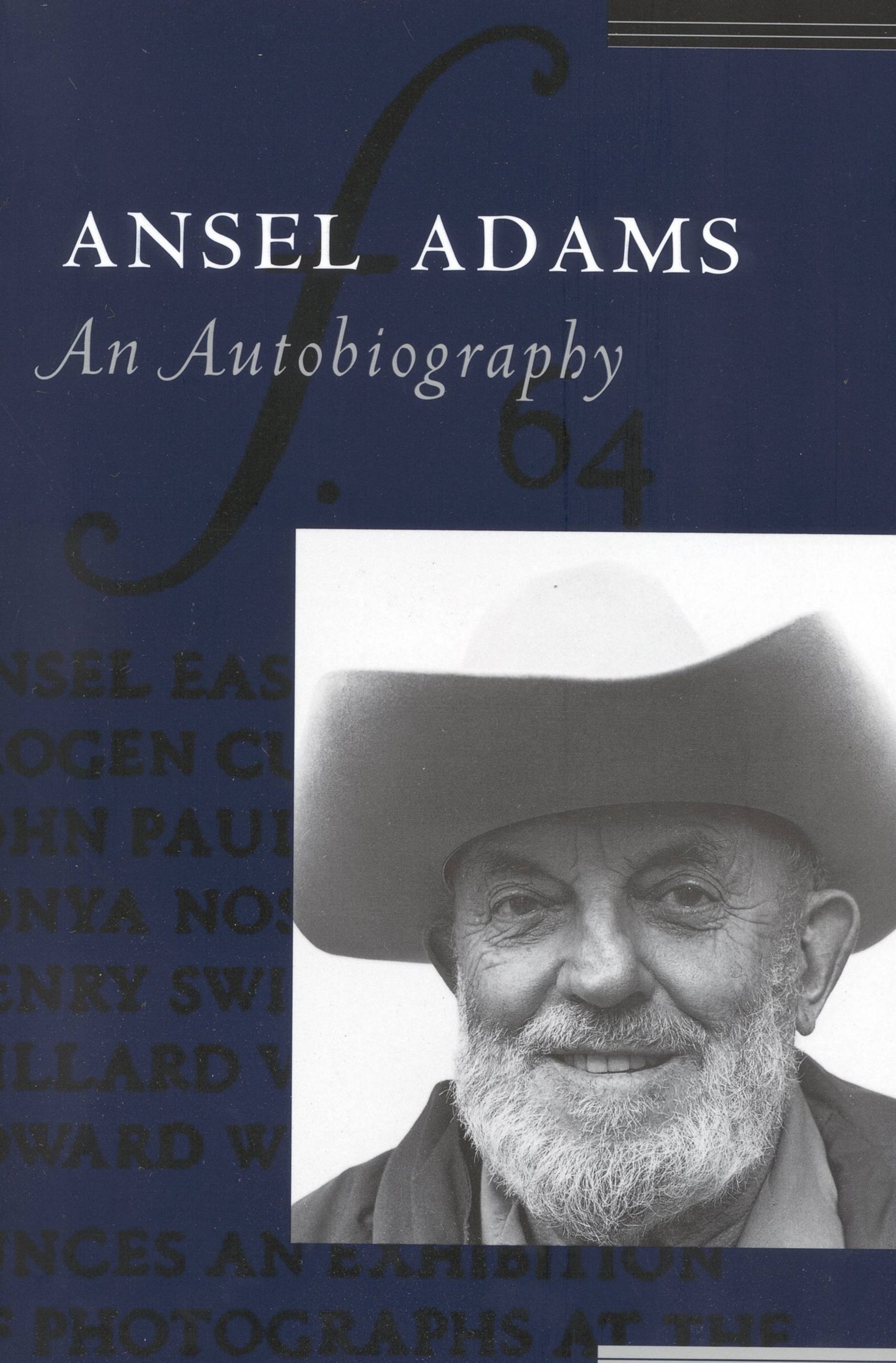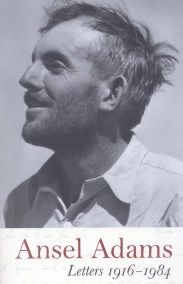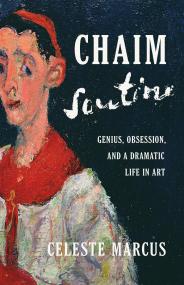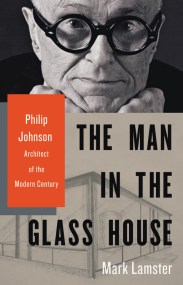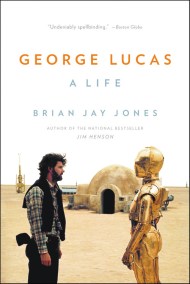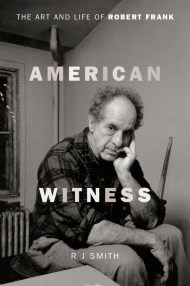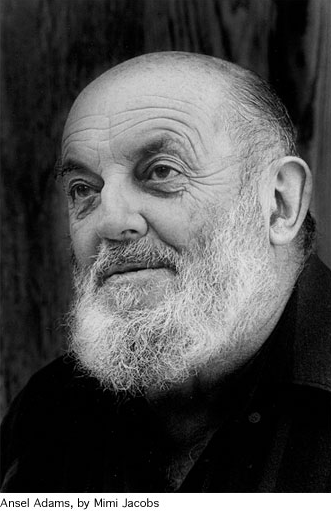Promotion
25% off sitewide. Make sure to order by 11:59am, 12/12 for holiday delivery! Code BEST25 automatically applied at checkout!
By clicking “Accept,” you agree to the use of cookies and similar technologies on your device as set forth in our Cookie Policy and our Privacy Policy. Please note that certain cookies are essential for this website to function properly and do not require user consent to be deployed.
Ansel Adams: An Autobiography
Contributors
By Ansel Adams
Formats and Prices
- On Sale
- Feb 1, 1996
- Page Count
- 360 pages
- Publisher
- Ansel Adams
- ISBN-13
- 9780821222416
Price
$21.99Price
$28.99 CADFormat
Format:
- Trade Paperback $21.99 $28.99 CAD
- ebook (Digital original) $11.99 $15.99 CAD
This item is a preorder. Your payment method will be charged immediately, and the product is expected to ship on or around February 1, 1996. This date is subject to change due to shipping delays beyond our control.
Buy from Other Retailers:
-
"Rough-edged...witty and candid...A direct line to Adams' thoughts and ideas."Los Angeles Times
-
"An evocative celebration of the life, career, friendships, concerns, and vision of an ardent environmentalist and pioneering artist who captured the rich natural beauty of America through the lens of his camera."New York Times
-
"A warm, discursive, and salty document"New Yorker
Newsletter Signup
By clicking ‘Sign Up,’ I acknowledge that I have read and agree to Hachette Book Group’s Privacy Policy and Terms of Use
